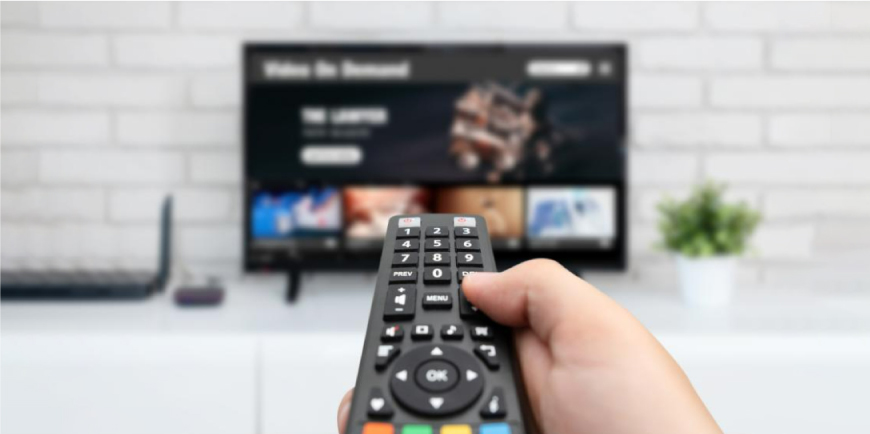- Gamma Soft BD
- News
Digital transformation in a time of uncertainty
Listen to this interactive discussion with Jon Allen – CIO from Baylor and Max Davis-Johnson – CIO from Boise State, as they discuss what the impetus was for moving to Cloud, why they went with Oracle, lessons learned from their implementation, and what positive outcomes they are seeing so far.
Specific topics addressed include how to create a shared vision, assessing functionality and analyzing potential gaps, managing organizational change, and the evolving roles of IT, finance, and human resources once digital transformation has begun.
This webinar is a part of the EDUCAUSE Industry & Campus Solutions series.
Linear Broadband Distribution Systems
Cable television systems have moved far beyond simple delivery of television programming to include high-speed data services, voice telephony, networking, transactional delivery of digital video under the interactive control of customers, and targeted advertising delivery, to name a few. To manage this complex business, what was formerly known simply as the “headend” has also evolved into a hierarchy of national, regional, and local signal processing centers. Similarly, the subscriber’s premise has evolved to often include local distribution networks that allow communication among devices as well as with the external network. In the near future, communications will be provided by operators to multiple, diverse end terminals, including wireless devices. Our previous book, Modern Cable Television Technology: Voice, Video and Data Communications, 2nd ed. (Morgan Kaufmann, 2004) covered the entire range of technologies involved in a cable system and should be consulted for topics lying outside the scope of this volume.

At some point in this network, the modulated radio frequency (RF) signals that are to be transported to customer homes are delivered to a linear distribution network whose purpose is to deliver those same signals with no further per-signal processing and with as little degradation as economically possible. This book is devoted to that portion of the system, which we have referred to generically as the “hybrid fiber/coax (HFC) plant,” although it need not always include both fiber optics and coaxial transport and may occasionally include microwave links. The HFC plant is designed to be as transparent as possible and is characterized by its bidirectional RF bandwidth, the maximum level of various impairments to the transported signals, the number of homes or customers who share common signals, its reliability and availability, and its ability to scale to provide greater per-subscriber bandwidth as needed. It is this portion of a cable television system that distinguishes it from, for instance, a direct-to-home satellite system; that is, a satellite provider is limited to a one-way broadband path that, because of the characteristics of satellite antennas, delivers signals in common to millions of homes and, because of the characteristics of those signals, requires signal processing for every in-home television receiver.
Because of the limitations of its networks, direct broadcast satellite (DBS) systems are practically limited to video distribution as their primary business. By contrast, cable operators have the luxury of a two-way path with the ability to deliver a unique spectrum of signals to each small group of homes with a quality that is sufficiently high to support both analog video- and bandwidth-efficient digital modulation schemes. The HFC plant thus supports both broadcast and high-usage-rate transactional and two-way services. New fiber-based telephone networks have many of the same advantages as cable, although with a different network architecture. In particular, some telephone carriers use a combination of linear and digital optical transport on different wavelengths sharing a single fiber. These emerging fiber-deep (including fiber to the home) networks are also covered in this volume.
CATV
CATV originally stood for Community Access Television but is now more commonly known as Cable TV. CATV is one of the most common methods of transmitting television signals to a consumer’s home, using radio frequency signals transmitting through coaxial cable. More recently, CATV can also transmit over optical fiber, which utilizes light pulses to send and receive signals. CATV origins date back to 1924 when some cable broadcasting was done using cable in European cities. In 1948, community antennas were built where over-the-air signal reception was limited. The community antenna received the over-the-air signal and then transmitted it to households by cable. Today, CATV offers analog and digital channels (including high definition). Receiving digital channels requires a cable box for conversion.





